
Clogged Kitchen Sink Drain? Don’t Rush to Call a Plumber—Try This to Clear It and Eliminate Odors
A clogged kitchen sink drain is one of the most common household problems, and while it may seem like an emergency, there are many ways to fix it yourself without the need for a plumber. Not only can a clogged drain disrupt your daily routine, but it can also cause unpleasant odors and standing water in your sink. Before you rush to call a professional, try these simple steps to clear the blockage and keep your kitchen smelling fresh.
1. Boiling Water
The simplest and quickest fix for a clogged kitchen sink is boiling water. This can clear minor blockages caused by grease, soap scum, or food particles that have built up in the drain over time.
How to Do It:
-
Boil a large pot of water.
-
Carefully pour the boiling water directly into the drain in stages, giving it a few seconds between each pour. This will help to loosen any grease or debris stuck inside the pipes.
-
If the water starts draining normally, your problem is likely solved. If not, try the next step.
2. Baking Soda and Vinegar
A mixture of baking soda and vinegar is a powerful, natural solution for clearing clogged drains. The chemical reaction between the two ingredients helps break down the debris in the pipes, while also eliminating odors.
How to Do It:
-
Pour about 1/2 cup of baking soda down the drain.
-
Follow it with 1/2 cup of vinegar. You will hear a fizzing sound as the two ingredients react.
-
Cover the drain with a stopper or cloth to keep the reaction inside the pipes for a few minutes.
-
After 10-15 minutes, pour boiling water down the drain to flush out the mixture and any loosened debris.
-
This method is effective for grease buildup and mild blockages and can also help eliminate foul odors.
3. Plunger
If the baking soda and vinegar method doesn't clear the drain, the next step is to use a plunger. A plunger can create the necessary pressure to dislodge stubborn clogs deep within the pipes.
How to Do It:
-
Fill the sink with enough water to cover the bottom of the plunger.
-
Position the plunger over the drain, ensuring a tight seal.
-
Pump the plunger up and down rapidly, using forceful motions to push and pull the clog free.
-
Once you feel the pressure release, remove the plunger and check if the water drains properly.
-
If the clog is still there, repeat the process a few more times or try the next method.
4. Plumbing Snake (Drain Auger)
For deeper or more stubborn clogs that don’t respond to boiling water or a plunger, a plumbing snake (or drain auger) is an effective tool to clear the blockage. This tool is especially helpful for clogs that are farther down the drainpipe.
How to Do It:
-
Insert the end of the plumbing snake into the drain.
-
Turn the handle to push the snake deeper into the pipe. As you turn, the snake will break up or hook the clog.
-
Once you feel the resistance lessen, pull the snake out slowly, bringing any debris with it.
-
Run hot water down the drain afterward to flush away any remaining debris.
-
If you don’t have a plumbing snake, you can purchase one from a hardware store or try using a flexible wire coat hanger in a pinch.
5. Dish Soap and Hot Water
If the clog is caused by grease or oil buildup, dish soap combined with hot water can help dissolve the greasy substance and clear the drain.
How to Do It:
-
Pour a few tablespoons of dish soap down the drain.
-
Follow with a pot of hot water (not boiling, as this can damage some pipes).
-
Let it sit for 10-15 minutes to allow the soap to break down the grease.
-
After waiting, run hot water down the drain to wash away the grease and soap.
6. Remove and Clean the P-Trap
If the clog persists after trying the methods above, you may need to physically remove the P-trap, the curved pipe beneath your sink. The P-trap often collects debris, food particles, and grease, causing blockages.
How to Do It:
-
Place a bucket or large bowl beneath the P-trap to catch any water or debris that may spill out.
-
Use a wrench to loosen the nuts on both ends of the P-trap.
-
Once it’s removed, clean out any debris, food particles, or buildup inside the trap.
-
Reattach the P-trap and run hot water through the drain to ensure everything is flowing smoothly.
7. Prevent Future Clogs
Once you've cleared the clog, it's essential to take steps to prevent it from happening again. Regular maintenance will help keep your kitchen sink drain clear and odor-free.
How to Prevent Future Clogs:
-
Avoid pouring grease or oil down the drain. Instead, dispose of them in a separate container.
-
Regularly clean your drain with a mixture of baking soda and vinegar to keep it fresh.
-
Use a drain guard to catch food particles and debris, preventing them from entering the pipes.
-
Avoid overloading the garbage disposal, and always run cold water when using it to ensure the waste is properly flushed down the drain.
Conclusion
A clogged kitchen sink drain can be a hassle, but there’s no need to call a plumber right away. By following the simple steps outlined above—such as using boiling water, a baking soda-vinegar mixture, or a plunger—you can often clear the clog yourself and save money on plumbing services. Remember, regular maintenance is key to preventing future clogs and ensuring your kitchen sink runs smoothly. If these DIY methods don’t solve the problem, then it might be time to call in a professional, but with these tricks, you'll likely fix the issue without ever needing one.
News in the same category

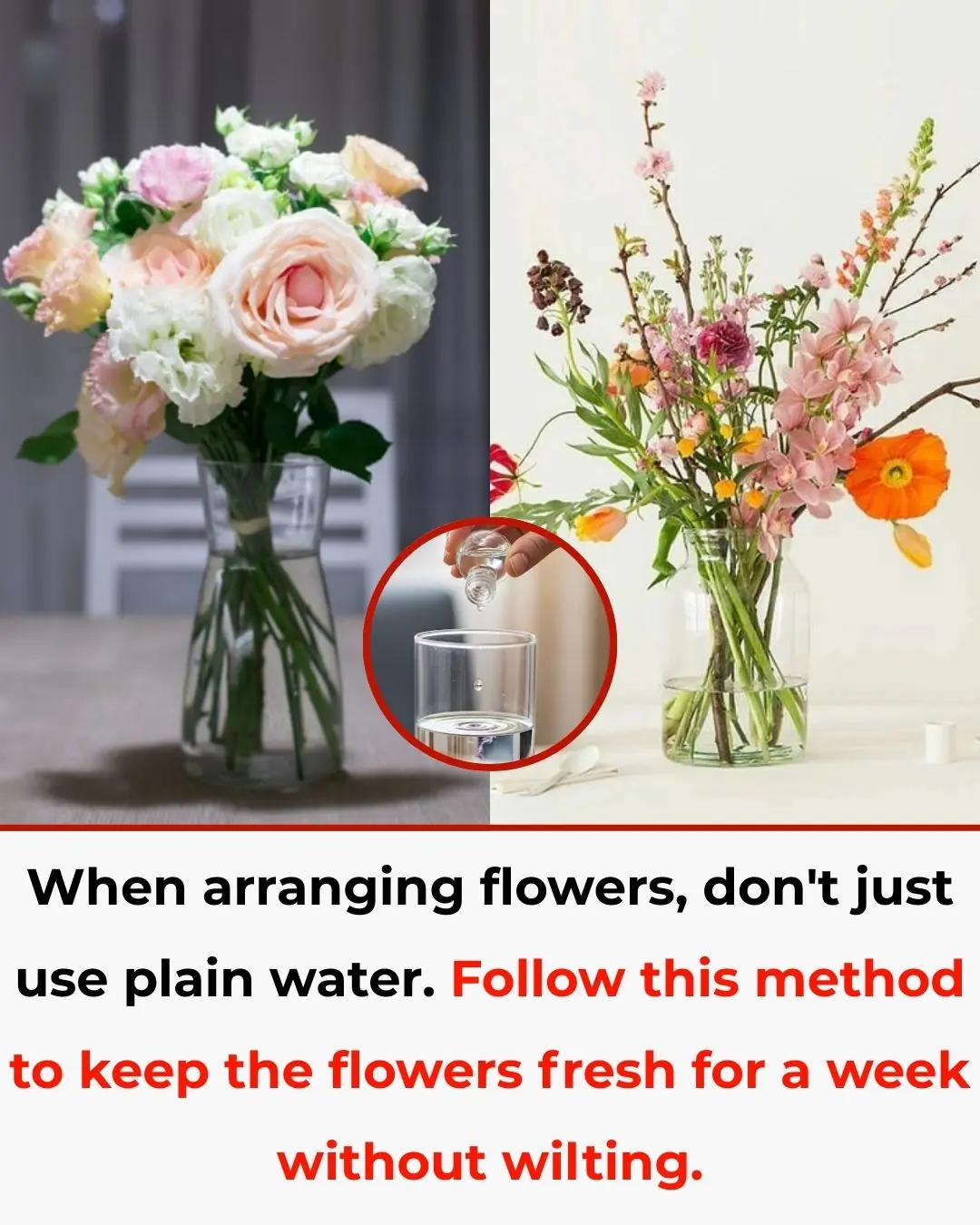
Don’t Use Plain Water for Flower Arrangements
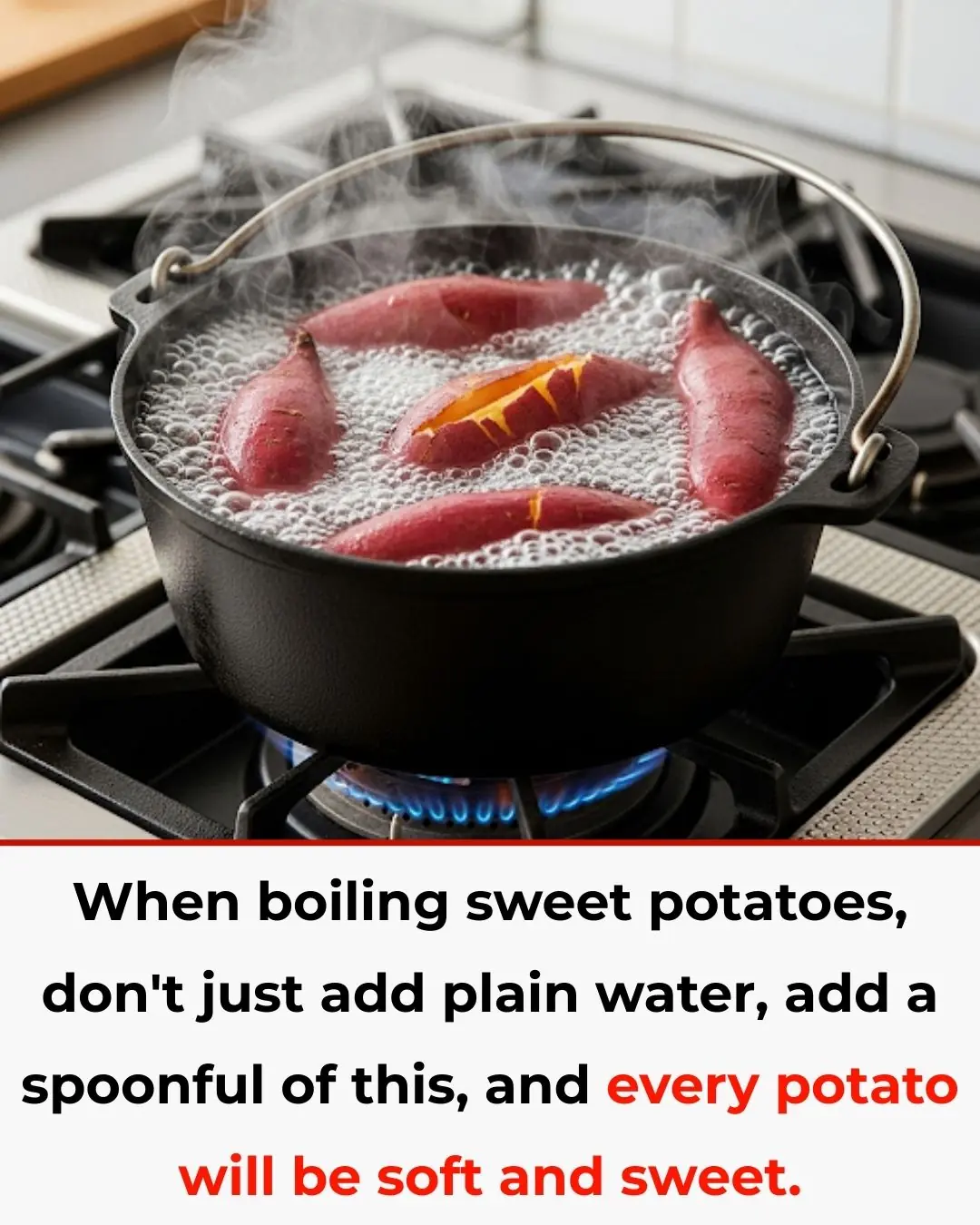
When Boiling Sweet Potatoes, Don’t Use Plain Water—Add a Spoonful of This for Softer, Sweeter Results
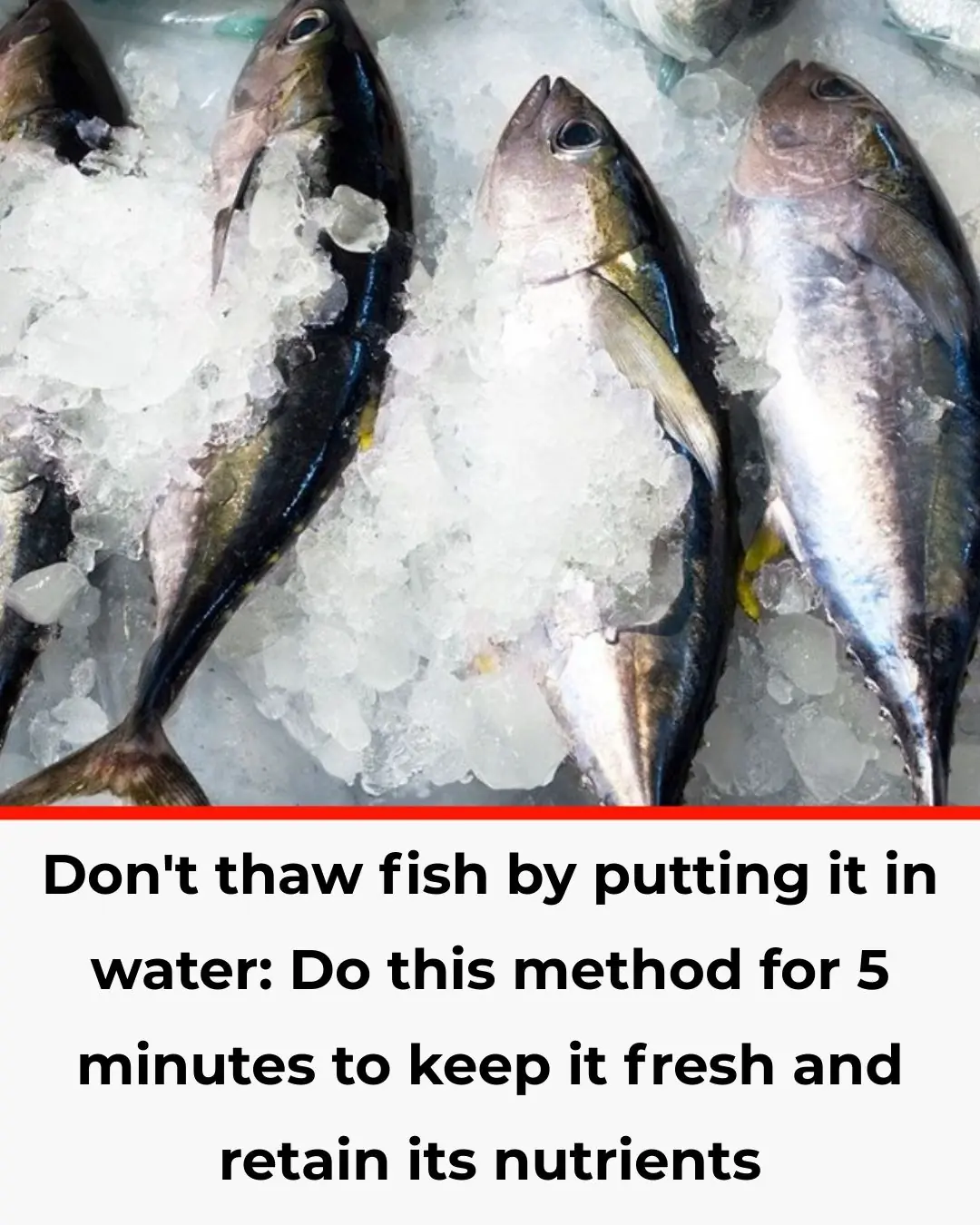
Don’t Thaw Fish by Putting It in Water

Don’t Clean Your Bathroom Mirror with Plain Water
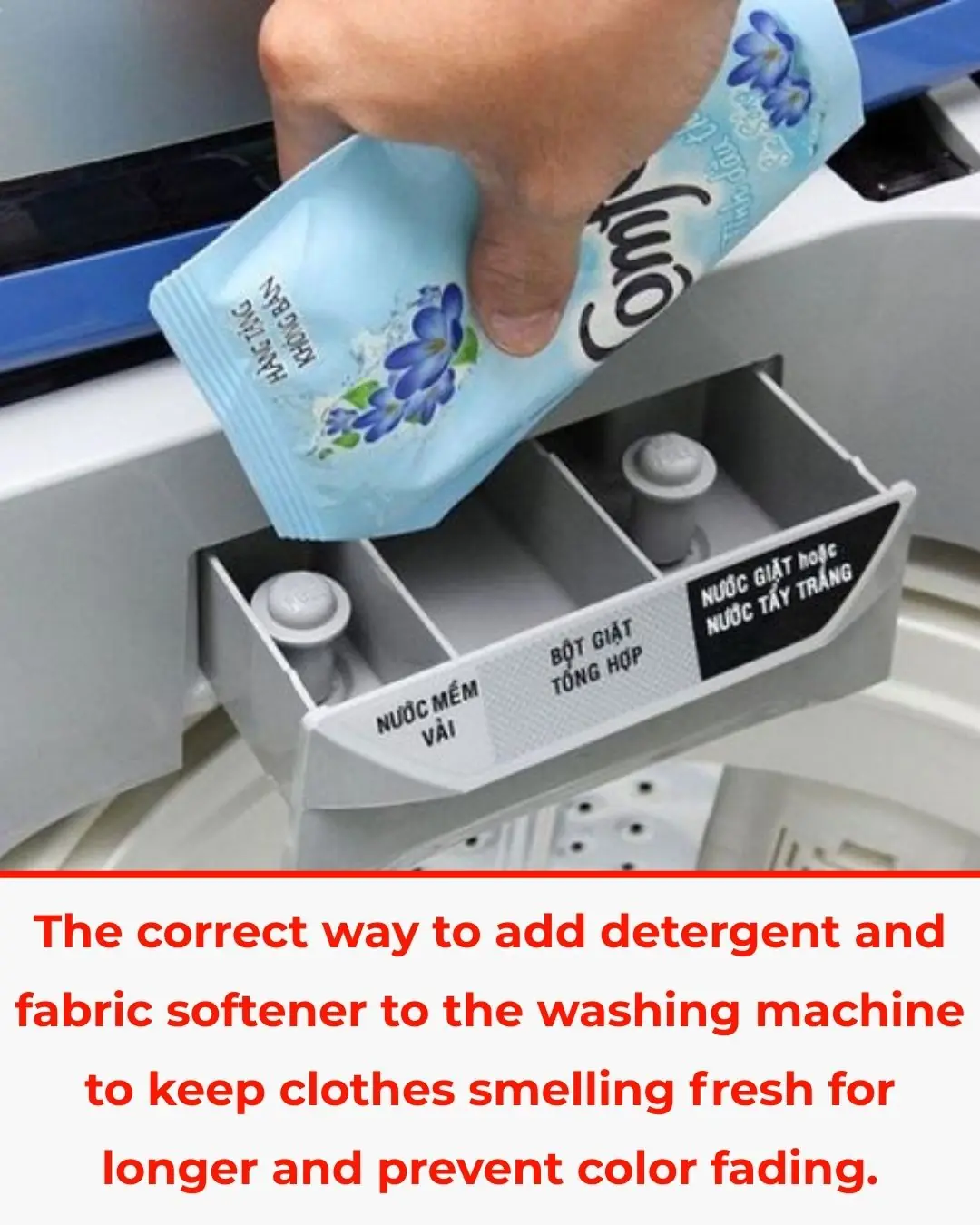
The Correct Way to Add Detergent and Fabric Softener to Your Washing Machine
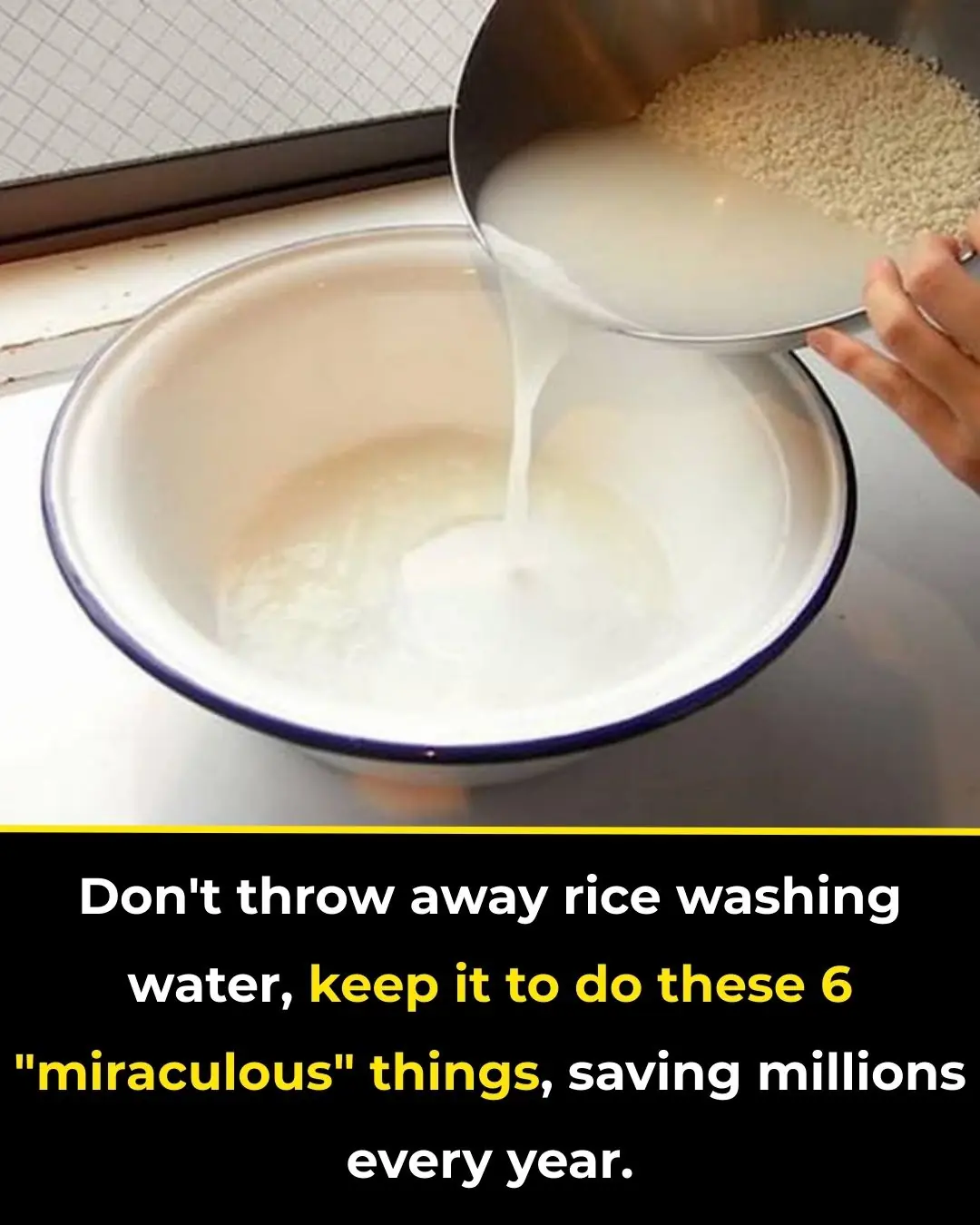
Don’t Throw Away Rice Washing Water: 6 Smart Uses That Can Save Serious Money

How to Store Fish and Meat in the Refrigerator: Shop Less, Keep Food Fresh All Month

Don’t Clean the Fridge with Plain Water—Mix This In and It’ll Be Spotless and Odor-Free
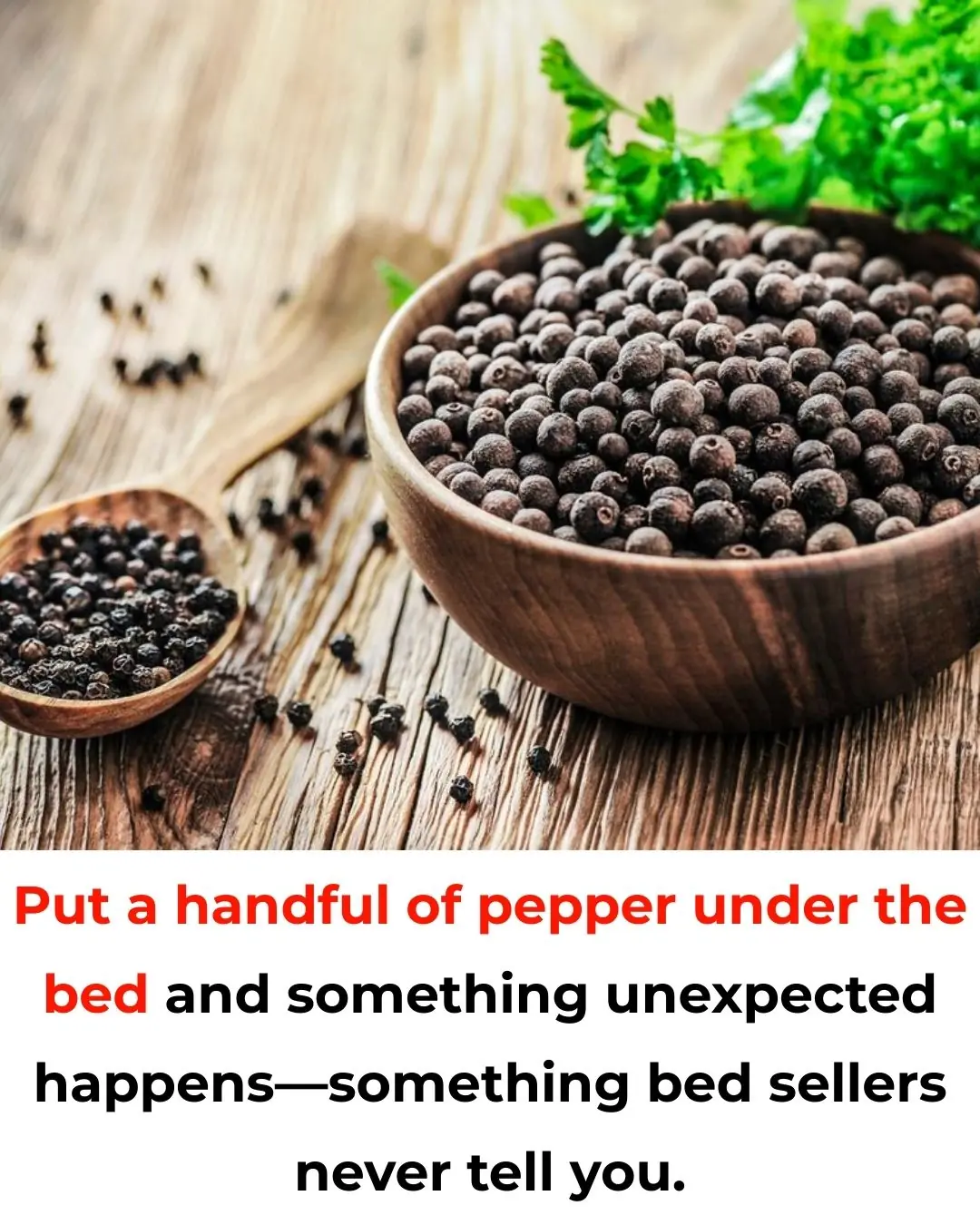
Put a Handful of Pepper Under the Bed and Something Unexpected Happens—Something Bed Sellers Never Tell You
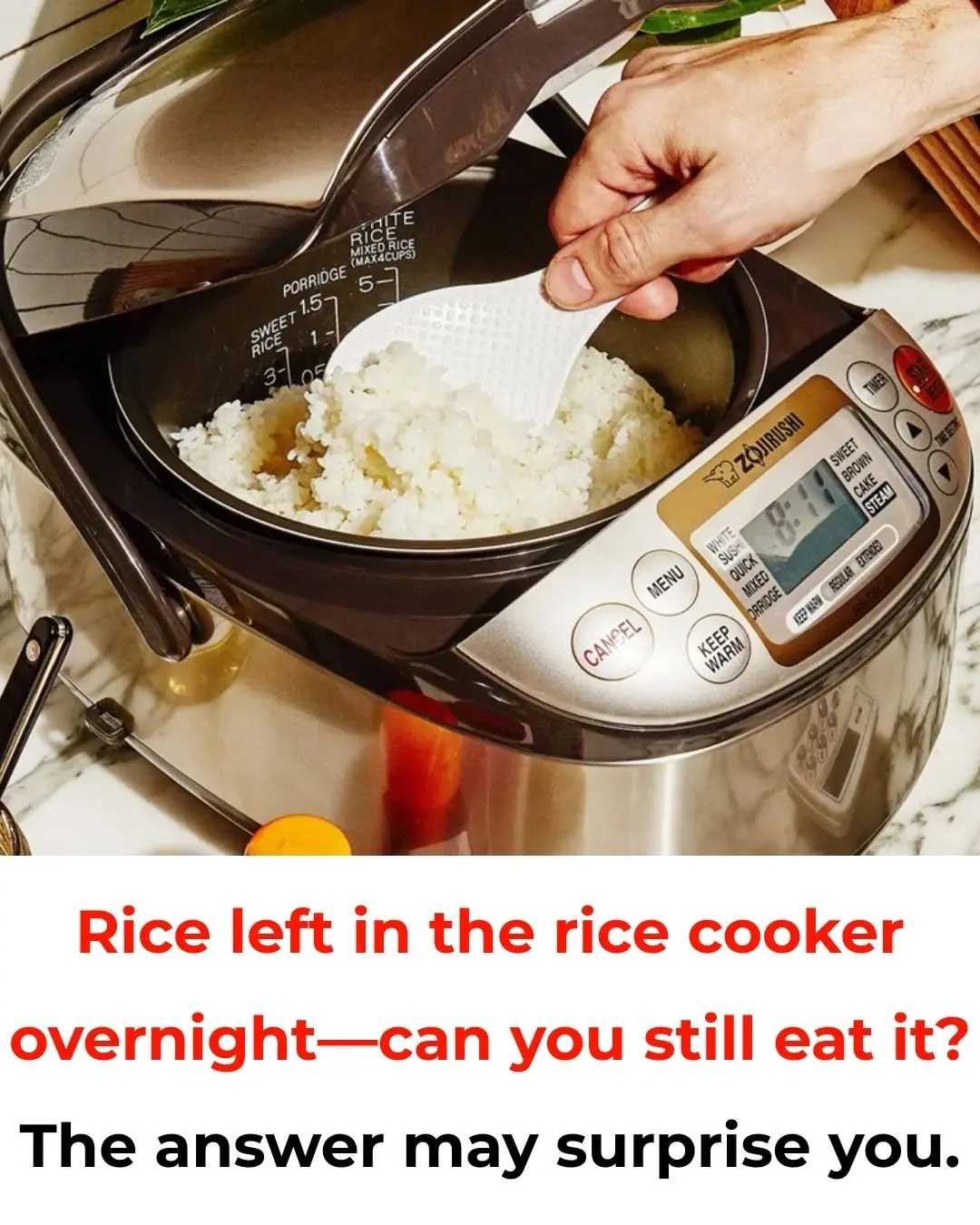
Rice Left in the Rice Cooker Overnight—Can You Still Eat It? The Answer May Surprise You
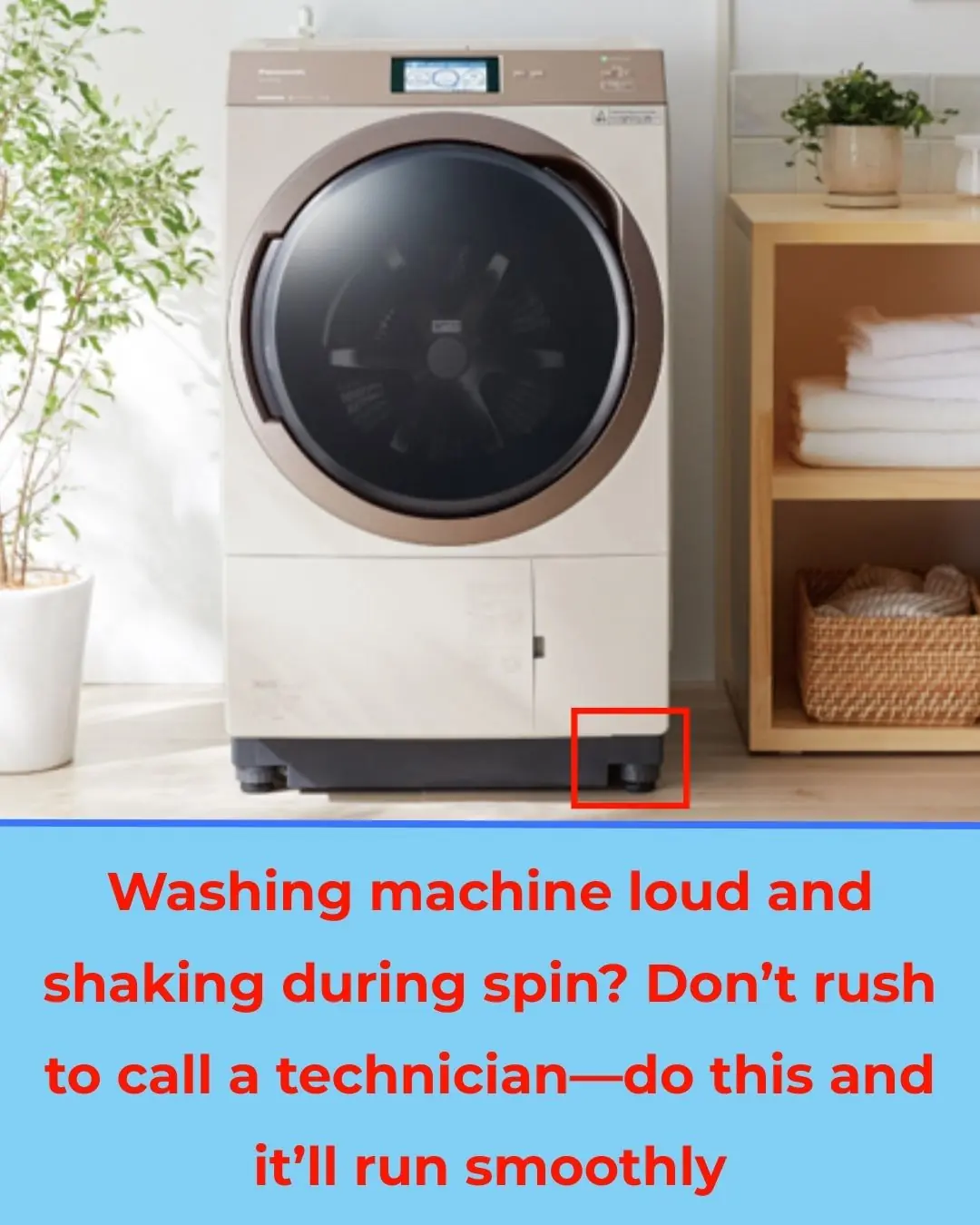
Washing Machine Loud and Shaking During Spin? Don’t Rush to Call a Technician—Do This and It’ll Run Smoothly

Should You Seal the Room When Running the Air Conditioner? Five Errors That Can Double or Triple Your Power Usage

Using an Electric Kettle: 9 Out of 10 Homes Make This Common Mistake – It’s Worth Reminding Family to Correct It Early
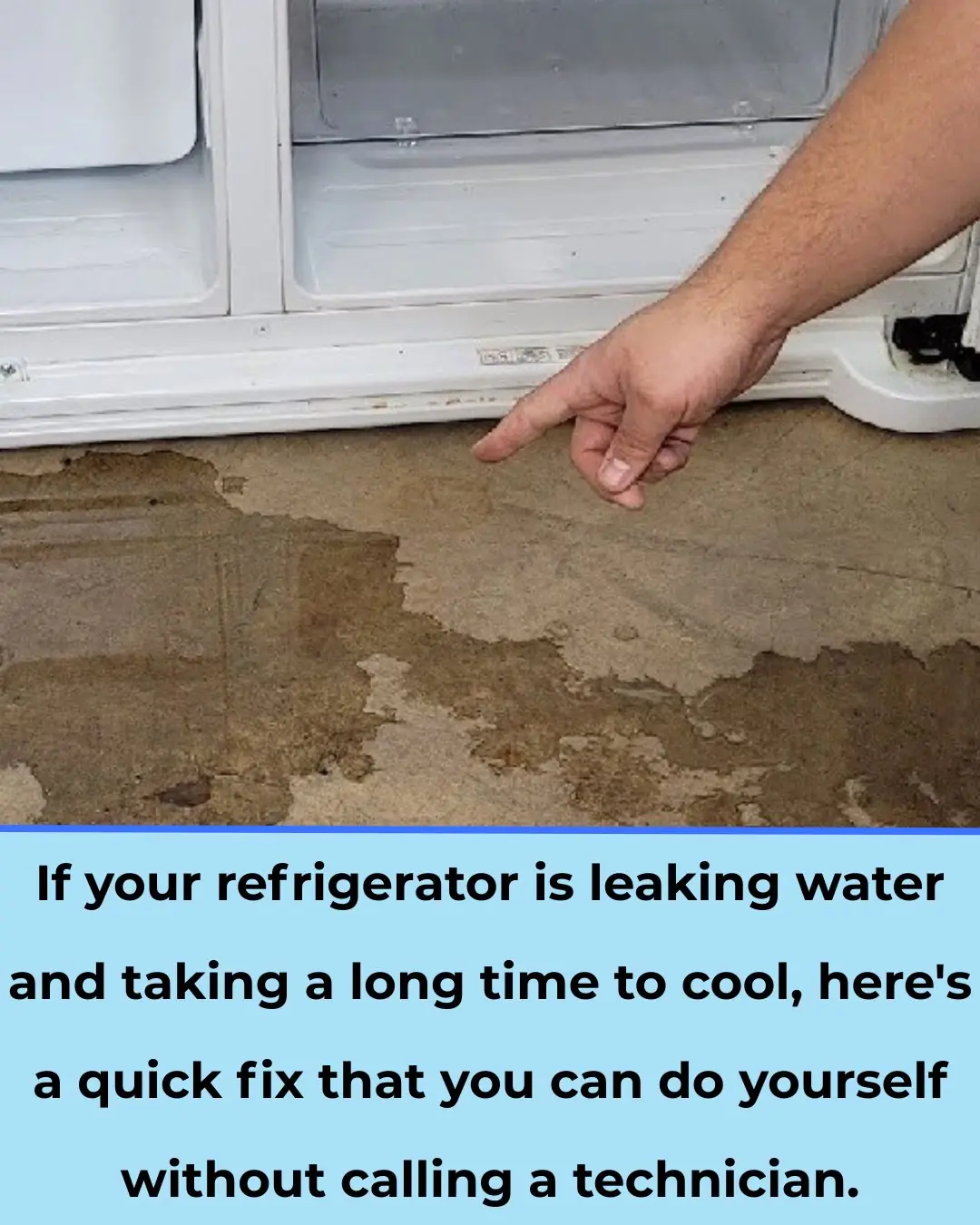
Fridge leaking water and cooling slowly? Do this quick DIY before calling a tech

If your white walls are dirty, don’t use water—try this 5-minute “dry-clean” trick

8 types of plants that snakes avoid, do not dare to plant them near your house.
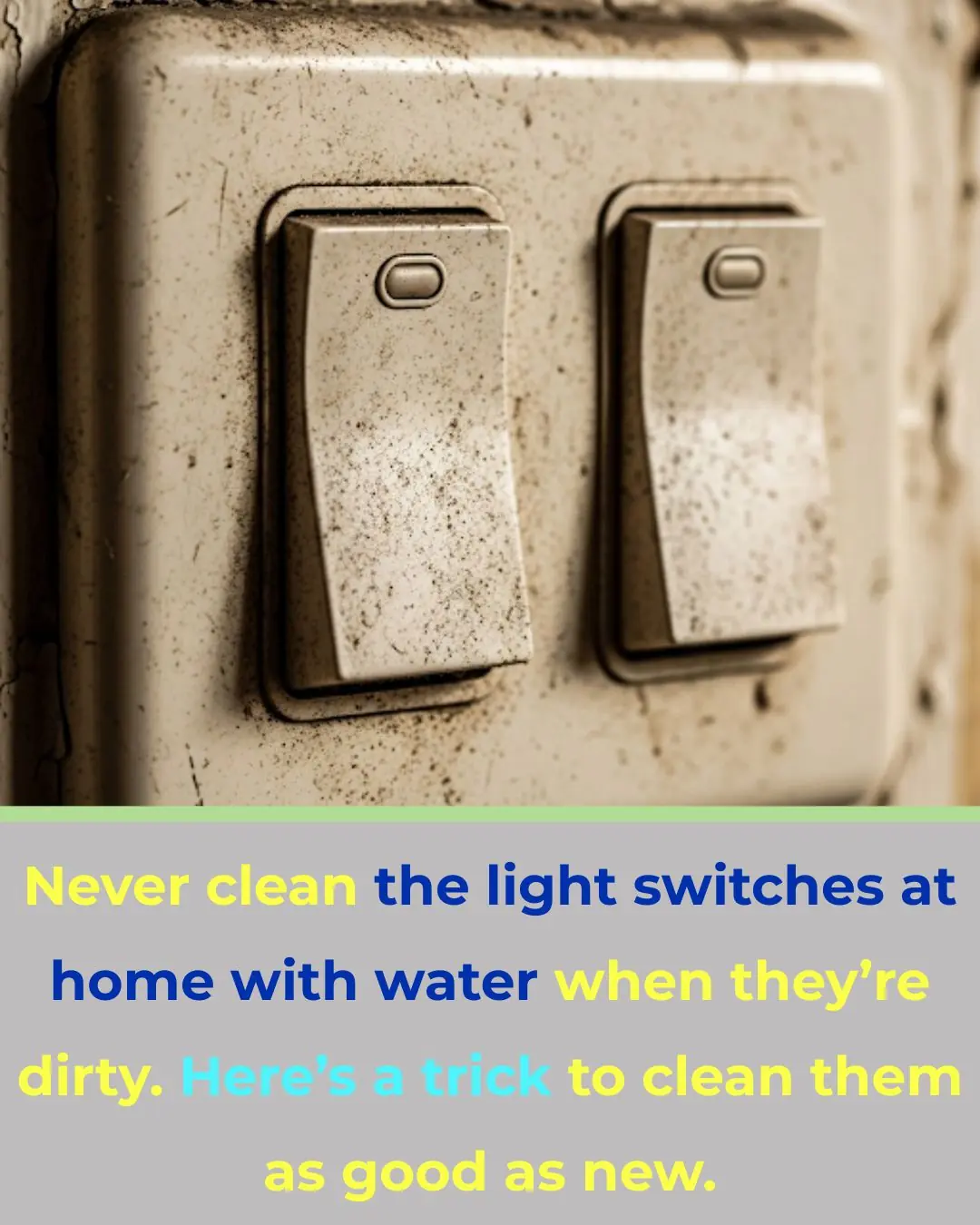
Never clean light switches with water—use this safe, foolproof method instead
News Post

Researchers Find Higher Intelligence Is Correlated With Left-Wing Beliefs and Seems to Be Genetic
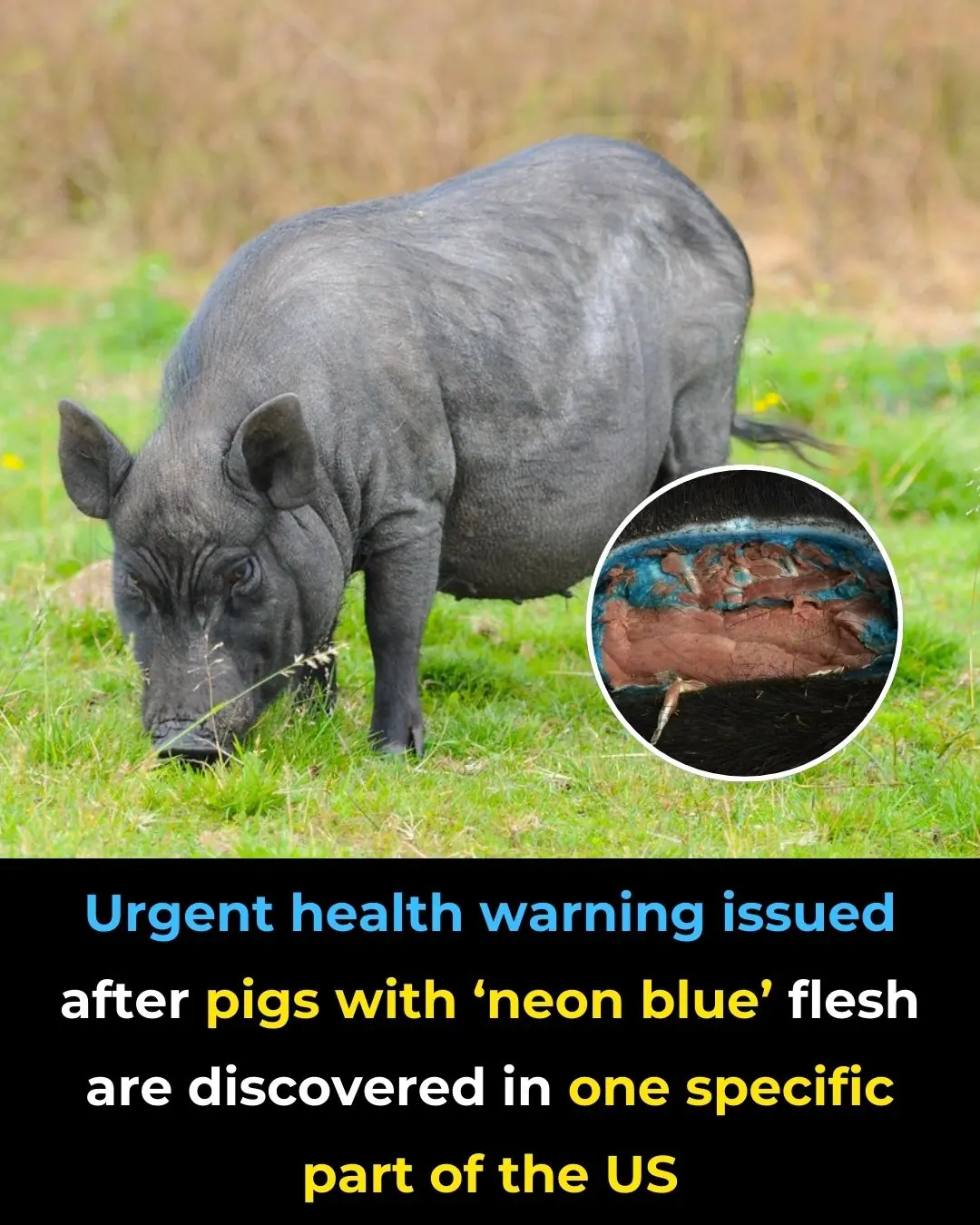
Urgent Health Warning Issued After Pigs With ‘Neon Blue’ Flesh Are Discovered in One Specific Part of the Us

25-Year-Old Groom Dies from Acute Liver Failure After Eating Chicken – Doctors Warn of One Critical Danger!
Doctors caution people with pre-existing liver conditions, weakened immune systems, or chronic illnesses to exercise extra care when handling poultry and other high-risk.
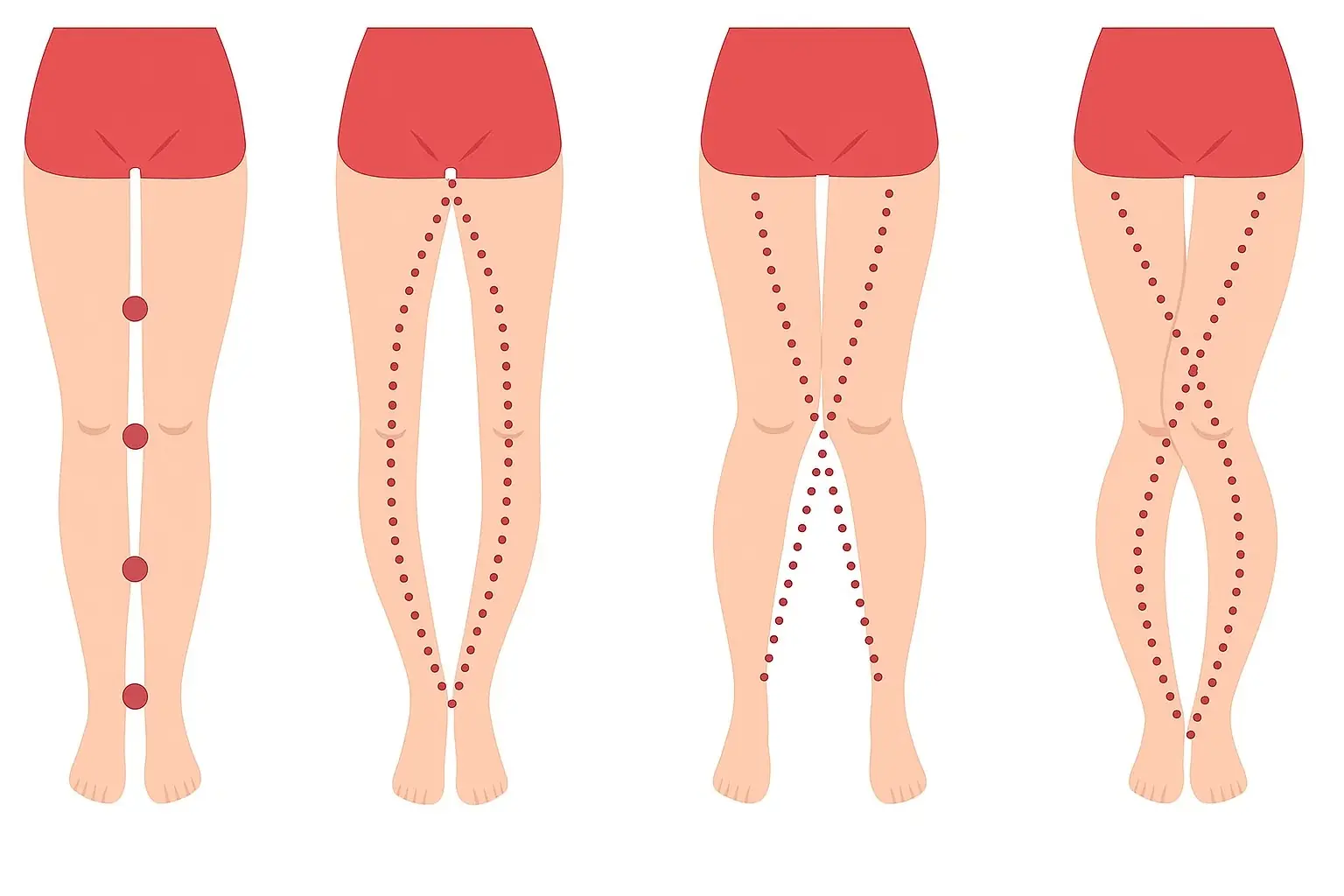
What Your Legs Can’t Say, Your Vagina Can — The Truth About the Female Body Most People Don’t Know

9 Areas Where Itching Could Signal Malignant Tumors — #7 Happens Most Often

The World’s Deadliest Food Kills 200 People Every Year — Yet 500 Million Still Eat It
Despite its deadly reputation, millions of people continue to eat this every day without issue.
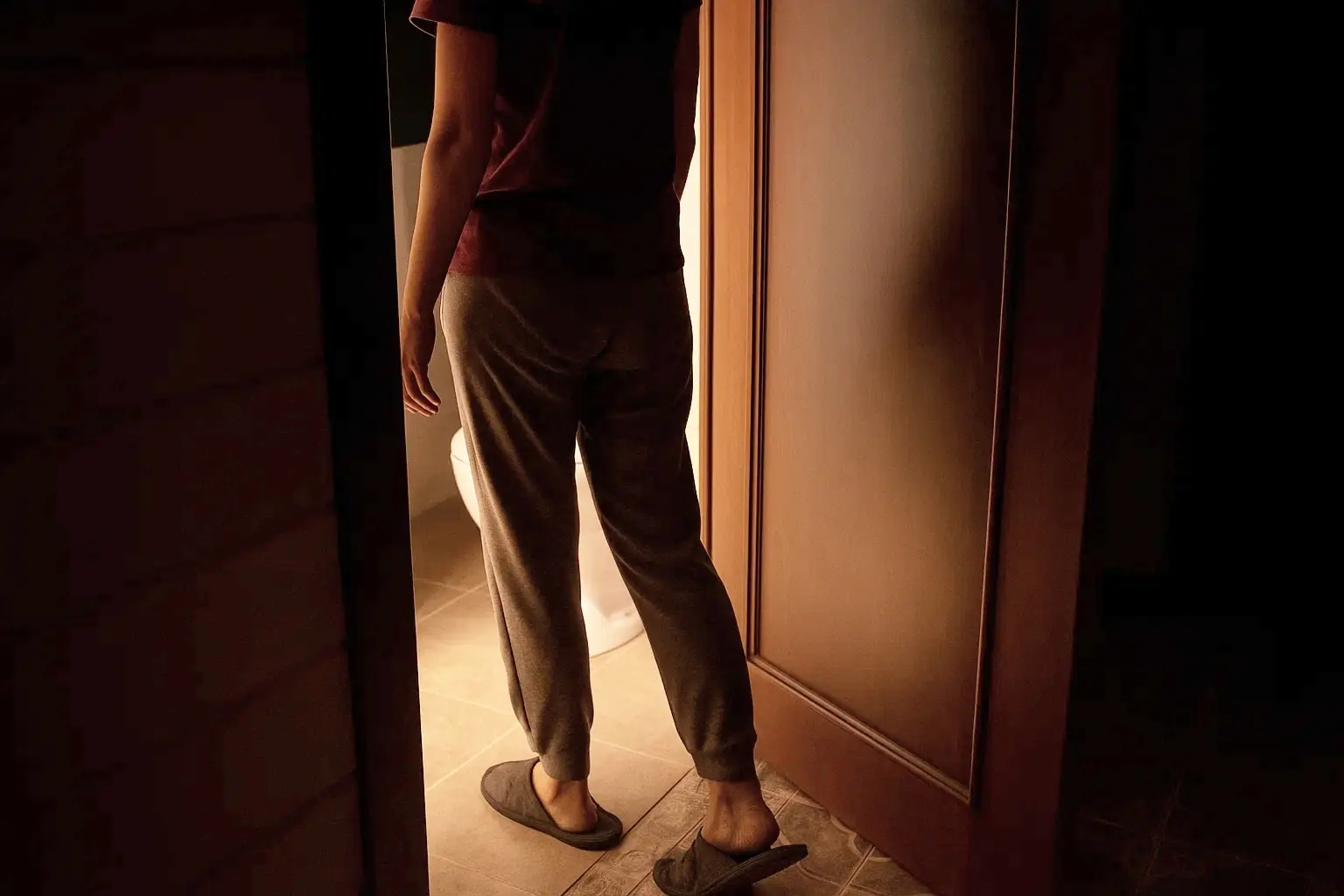
Everything You Need to Know About Nighttime Urination And When To Start Worrying

Doctor Warns on TikTok: The Hidden Dangers of Kissing the Dying

Boosting Fertility: The Surprising Power of Lifestyle on Semen Quality and Reproductive Health
In many cases, the most effective solutions are already within reach—on your plate, in your daily habits, and in the way you manage your mental well-being.

3 Dangerous Habits of Husbands That Secretly Put Their Wives at Higher Risk of Cervical Cancer
Cervical cancer doesn’t just come from genetics or lifestyle — sometimes, it’s fueled by a husband’s hidden habits. These three common behaviors may seem harmless, but they silently put wives at serious risk if not stopped in time.

YouTuber shows crazy impact running 5k every day as a total beginner has on your body

Chilling moment Google's Gemini broke father out of delusion that he was 'changing reality' from his phone

'Hostile' comet aimed at Earth could obliterate the world's economy 'overnight' if it hits

Iconic movie sequel delayed until 2027 after online sleuths 'guessed the plot'

Wooden Cutting Board Got Black Mold? Skip the Soap—Do This 5-Minute Reset

Don’t Use Plain Water for Flower Arrangements

When Boiling Sweet Potatoes, Don’t Use Plain Water—Add a Spoonful of This for Softer, Sweeter Results

Don’t Thaw Fish by Putting It in Water

Don’t Clean Your Bathroom Mirror with Plain Water
